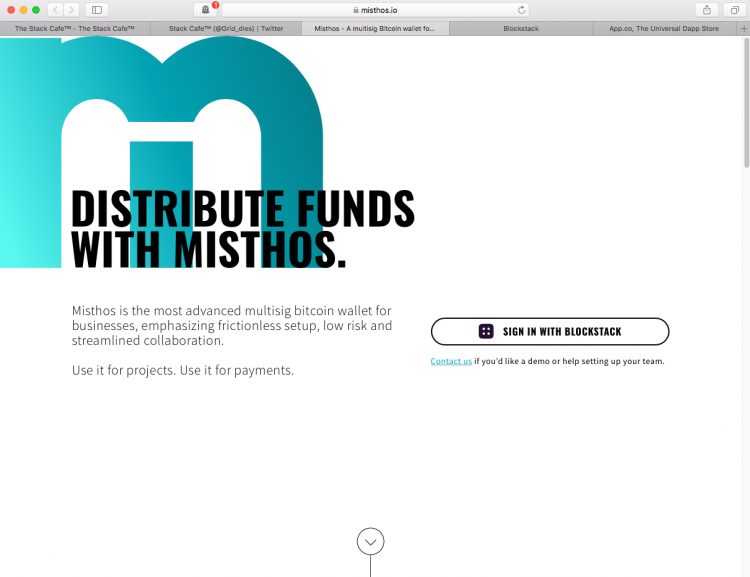
The New York blockchain startup Blockstack reported on the ongoing work on a new distributed protocol called Stacks, which uses the hash power of the Bitcoin network in combination with the Proof-of-Burn mechanism (PoB).
The presentation of Stacks took place in January at an event organized by a startup in Hong Kong.
An explanation of the principle of operation of the new consensus algorithm is also available in the video posted by leading project developer Jude Nelson.
Stacks uses the bitcoin-based Proof-of-Work (PoW) and Proof-of-Burn mechanism to process blocks, however, as Nelson noted, the chain will gradually abandon PoW in the future. According to him, PoW is used to prevent an attack of 51%, and that the security offered by the native Bitcoin network is the best solution at this stage.
“Instead of spending on electricity and iron, participants in the Proof-of-Burn consensus are demonstrably destroying (burning) their own bitcoins. Each participant who competes for writing the next block must burn a certain number of PoW tokens, ”said the developer.
The probability of finding the next block increases depending on the amount of bitcoin burned, and the winner collects transaction fees and receives an award in Stacks tokens.
At this stage, PoW-Bitcoin provides 95% of the network hashrate, but this figure may be adjusted in the future to reduce dependence on the BTC chain. The Stacks are located through a mechanism called “cryptographic toss-up”, which assumes a random probability distribution. If a participant burned a significant amount of bitcoins, but did not receive an award, these losses can be compared to the electricity costs borne by miners in the Bitcoin network, Jude Nelson added.
“It is important to note that the burned coins are not lost in vain – they improve the quality of the network, since they are used to calculate the burning quota”, thereby helping to prevent attacks, ”the developer added.
Currently, two suggestions for improving the Stacks network (SIPs) are available for developers to review.
Startup Blockstack was created in 2013 and was originally called Onename. The project, which is also known for its work on decentralized Internet , managed to attract investments from well-known representatives of the blockchain industry and venture companies, including Union Square Ventures, Digital Currency Group and Version One.
Follow BlockchainJournal on Twitter !
BlockchainJournal.news
BlockchainJournal.news

